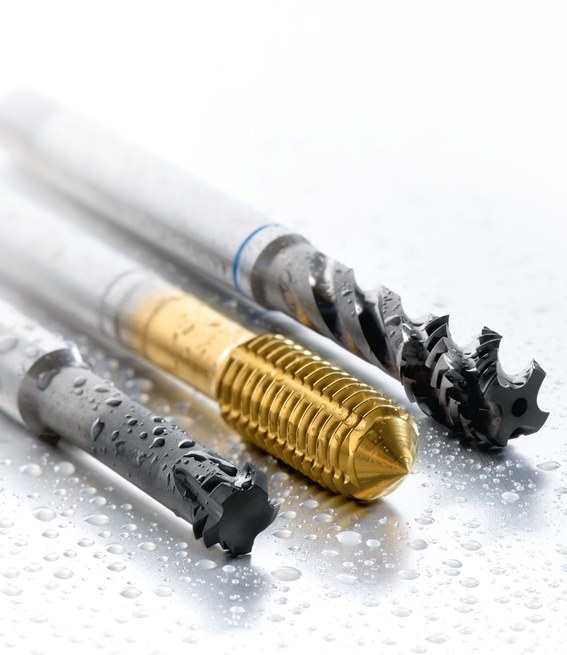
Mikron Corp. Monroe, based in Monroe, Conn., has added a new product family to its line of cutting tools. Tapping and threading tools from the DC Swiss company are now available directly from inventory at Mikron Corp. DC Swiss has been selected due to its specialized knowledge and decades-long experience in threading technology, according to Mikron.
DC Swiss develops and produces threading tools for many industry segments and all materials, according to the company, including taps, thread mills and thread forming tools for diameters from 0.0118" to 6.300" (0.300mm to 160mm).
Highlights include:
- Tapping and threading tools for difficult-to-machine materials, such as titanium alloys, Ni-alloys and stainless steel alloys.
- Nano programs for small threads.
- Thread whirling cutters for difficult materials at diameters starting at 0.0118" (0.300mm).
- Threading tools for aerospace materials.
- A special "Fit Line" program specifically for the U.S. market (in DIN length/ANSI shank diameters).
Related Glossary Terms
- alloys
alloys
Substances having metallic properties and being composed of two or more chemical elements of which at least one is a metal.
- shank
shank
Main body of a tool; the portion of a drill or similar end-held tool that fits into a collet, chuck or similar mounting device.
- tapping
tapping
Machining operation in which a tap, with teeth on its periphery, cuts internal threads in a predrilled hole having a smaller diameter than the tap diameter. Threads are formed by a combined rotary and axial-relative motion between tap and workpiece. See tap.
- threading
threading
Process of both external (e.g., thread milling) and internal (e.g., tapping, thread milling) cutting, turning and rolling of threads into particular material. Standardized specifications are available to determine the desired results of the threading process. Numerous thread-series designations are written for specific applications. Threading often is performed on a lathe. Specifications such as thread height are critical in determining the strength of the threads. The material used is taken into consideration in determining the expected results of any particular application for that threaded piece. In external threading, a calculated depth is required as well as a particular angle to the cut. To perform internal threading, the exact diameter to bore the hole is critical before threading. The threads are distinguished from one another by the amount of tolerance and/or allowance that is specified. See turning.






